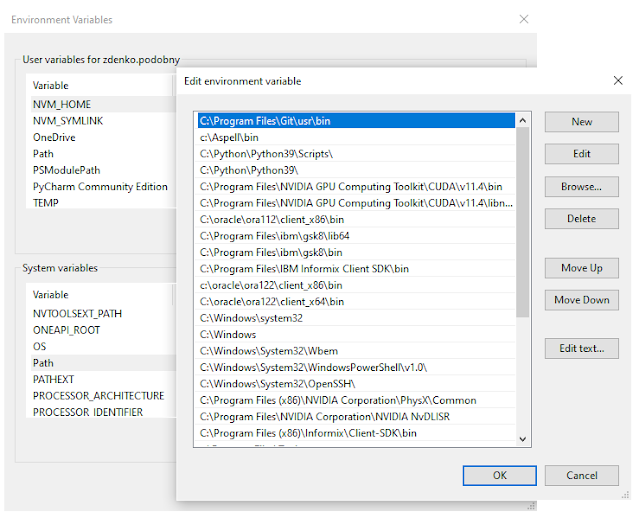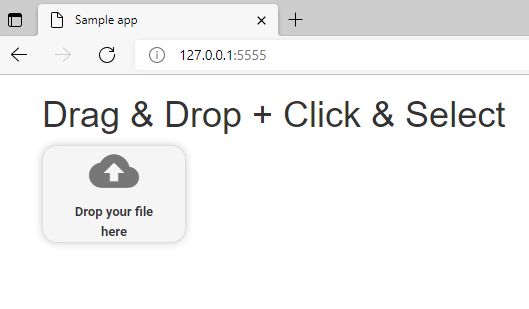Detecting page orientation (C++)
I have a bunch of images that I would like to rotate based on page orientation. So I search for possible solutions within tesseract&leptonica...
For testing, I used image lyra.005.jpg available in leptonica repository.
API Example
I started with the Orientation and script detection (OSD) example provided by tesseract documentation and a simple speed measuring:
/*
tessAPI.cpp
MSVC build:
cl /EHsc tessAPI.cpp /I C:/win64/include /link /LIBPATH:C:\win64\lib leptonica-1.84.0.lib tesseract53.lib
*/
#include <chrono>
#include <leptonica/allheaders.h>
#include <tesseract/baseapi.h>
void test_osd(tesseract::Orientation *orientation,
tesseract::WritingDirection *writing_direction,
tesseract::TextlineOrder *textline_order, float *deskew_angle,
const char *lang) {
const char *inputfile = "lyra.005.jpg";
PIX *image = pixRead(inputfile);
tesseract::TessBaseAPI *api = new tesseract::TessBaseAPI();
api->Init(NULL, lang);
api->SetVariable("debug_file", "/dev/null");
api->SetPageSegMode(tesseract::PSM_AUTO_OSD);
api->SetImage(image);
api->Recognize(0);
tesseract::PageIterator *it = api->AnalyseLayout();
it->Orientation(orientation, writing_direction, textline_order, deskew_angle);
api->End();
pixDestroy(&image);
}
int main(int argc, char *argv[]) {
auto repeats = 20;
auto lang = "eng";
tesseract::Orientation orientation;
tesseract::WritingDirection direction;
tesseract::TextlineOrder order;
float deskew_angle;
auto t1 = std::chrono::high_resolution_clock::now();
for (int i = 0; i < repeats; ++i) {
test_osd(&orientation, &direction, &order, &deskew_angle, lang);
}
auto t2 = std::chrono::high_resolution_clock::now();
printf(
"\ntest_osd (%s) function tooks in average %lli milliseconds (%d "
"repeats)\n",
lang,
std::chrono::duration_cast<std::chrono::milliseconds>(t2 - t1).count() /
repeats,
repeats);
printf("Orientation: %d;\nWritingDirection: %d\nTextlineOrder: %d\n"
"Deskew angle: %.4f\n",
orientation, direction, order, deskew_angle);
return 0;
}
Remark: You have to use traineddata, which contains the tesseract legacy model (e.g. from https://github.com/tesseract-ocr/tessdata)!
Here is my result for eng traineddata:
test_osd (eng) function tooks in average 987 milliseconds (20 repeats) Orientation: 3; WritingDirection: 0 TextlineOrder: 2 Deskew angle: 0.0000
Here is the result for osd traineddata:
test_osd (osd) function tooks in average 1508 milliseconds (20 repeats) Orientation: 3; WritingDirection: 0 TextlineOrder: 2 Deskew angle: 0.0000
The results are quite surprising to me, as I would expect osd model to be faster (it should be used only for orientation and script detection). According to the documentation of AnalyseLayout could be run without recognition (as I am interested in orientation detection). Commenting respective line in code gives significant speed improvement:
test_osd (eng) function tooks in average 433 milliseconds (20 repeats) Orientation: 3; WritingDirection: 0 TextlineOrder: 2 Deskew angle: 0.0000
test_osd (osd) function tooks in average 428 milliseconds (20 repeats) Orientation: 3; WritingDirection: 0 TextlineOrder: 2 Deskew angle: 0.0000
In this case difference between end and osd is not significant (and osd is faster).
DetectOrientationScript
/*
tessDOS.cpp
MSVC build:
cl /EHsc tessDOS.cpp /I C:/win64/include /link /LIBPATH:C:\win64\lib leptonica-1.84.0.lib tesseract53.lib
*/
#include <chrono>
#include <leptonica/allheaders.h>
#include <tesseract/baseapi.h>
void test_dos(int *orient_deg, float *orient_conf, const char **script_name,
float *script_conf, const char *lang) {
const char *inputfile = "lyra.005.jpg";
PIX *image = pixRead(inputfile);
tesseract::TessBaseAPI *api = new tesseract::TessBaseAPI();
api->Init(NULL, lang);
api->SetVariable("debug_file", "/dev/null");
api->SetImage(image);
api->DetectOrientationScript(orient_deg, orient_conf, script_name, script_conf);
api->End();
pixDestroy(&image);
}
int main(int argc, char *argv[]) {
auto repeats = 20;
auto lang = "eng";
int orient_deg;
float orient_conf, script_conf;
const char *script_name;
auto t1 = std::chrono::high_resolution_clock::now();
for (int i = 0; i < repeats; ++i) {
test_dos(&orient_deg, &orient_conf, &script_name, &script_conf, lang);
}
auto t2 = std::chrono::high_resolution_clock::now();
printf(
"\ntest_dos (%s) function tooks in average %lli milliseconds (%d "
"repeats)\n",
lang,
std::chrono::duration_cast<std::chrono::milliseconds>(t2 - t1).count() /
repeats,
repeats);
printf("degree: %d confidence: %f\n", orient_deg, orient_conf);
printf("script: %s confidence: %f\n", script_name, script_conf);
return 0;
}
Here is my result for eng traineddata:
test_dos (eng) function tooks in average 248 milliseconds (20 repeats) degree: 270 confidence: 5.029739 script: Latin confidence: 28.148153
A faster solution seems to be using osd traineddata:
test_dos (osd) function tooks in average 211 milliseconds (20 repeats) degree: 270 confidence: 2.614990 script: Cyrillic confidence: 0.952381
This is faster 100% than using AnalyseLayout(). Is it possible to make it faster? Let's look at leptonica.
pixOrientDetect
/*
testLept.cpp
MSVC build:
cl /EHsc testLept.cpp /I C:/win64/include /link /LIBPATH:C:\win64\lib leptonica-1.84.0.lib
*/
#include <chrono>
#include <leptonica/allheaders.h>
void test_lept(int *orientation) {
l_int32 orient, tresh = 90;
l_float32 upconf1, leftconf1;
const char *inputfile = "lyra.005.jpg";
PIX *fpixs, *image = pixRead(inputfile);;
fpixs = pixConvertTo1(image, tresh);
pixOrientDetect(fpixs, &upconf1, &leftconf1, 0, 0);
if ((upconf1 > 1) && abs(upconf1) > abs(leftconf1))
*orientation = 0;
if ((leftconf1 > 1) && abs(leftconf1) > abs(upconf1))
*orientation = 90;
if ((upconf1 < -1) && abs(upconf1) > abs(leftconf1))
*orientation = 180;
if ((leftconf1 < -1) && abs(leftconf1) > abs(upconf1))
*orientation = 270;
pixDestroy(&fpixs);
pixDestroy(&image);
}
int main(int argc, char *argv[]) {
auto repeats = 20;
int orientation = 0;
setMsgSeverity(0);
auto t1 = std::chrono::high_resolution_clock::now();
for (int i = 0; i < repeats; ++i) {
test_lept(&orientation);
}
auto t2 = std::chrono::high_resolution_clock::now();
printf(
"\ntest_lept function took in average %lli milliseconds (%d "
"repeats)\n",
std::chrono::duration_cast<std::chrono::milliseconds>(t2 - t1).count() /
repeats,
repeats);
printf("Orientation: %d\n", orientation);
return 0;
}
Here is my result:
test_lept function took in average 9 milliseconds (20 repeats) Orientation: 90
The speed is impressive! But requirements (English text, deskewed binarized image) could be a limitation for some cases...


Comments
Post a Comment